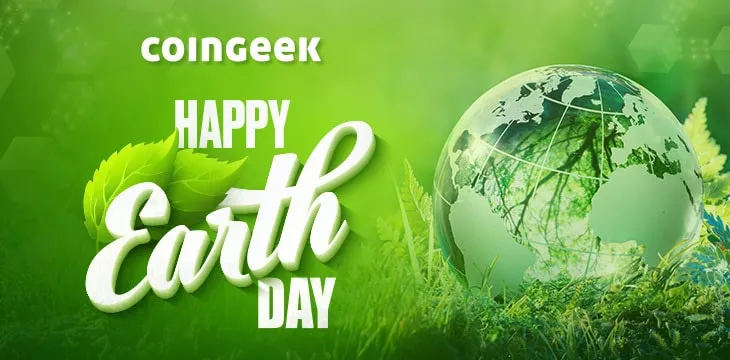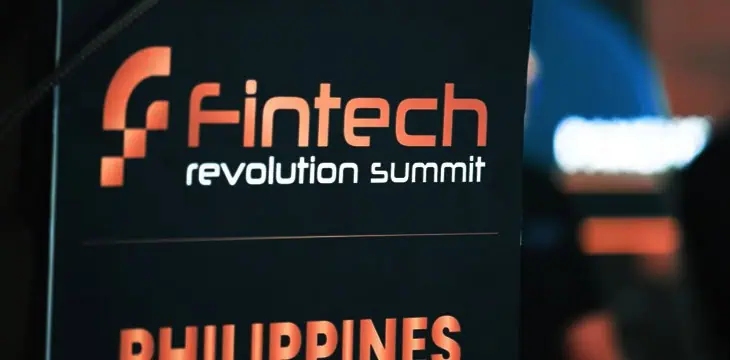|
Getting your Trinity Audio player ready...
|
On Earth Day 2022, here’s a reminder that BSV is the world’s most environmentally-friendly blockchain. With energy availability and consumption in the headlines again this year, we need to remember how important it is to use the world’s limited resources more responsibly.
Blockchain networks, particularly those using more secure proof-of-work (PoW) confirmations, are often targeted by environmental campaigners as wasteful and even harmful to the environment. Though this is true of most PoW networks other than BSV, it’s necessary to understand why PoW is not only better, but necessary to secure the world’s data.
Blockchain is an economy of scale. Networks will consume the same amount of energy whether they’re used to process massive amounts of data or just to send coins to and from exchanges for speculative trading. Therefore, the more diverse use cases a blockchain has, the more efficient it becomes. BSV has been used to collect up-to-the-second weather data, recycling and waste management data, gaming systems, ecological research, agricultural monitoring data, health information, and more. It does all this on top of being a secure financial transaction processing network. Several of these use cases show that securing data on a blockchain can actually have a positive impact on the environment.
Canadian accounting firm MNP published a report in November 2021 titled “The Search for a More Efficient Blockchain,” found that BSV was the most efficient network of those it investigated. This was due to BSV’s unbounded transaction processing capacity and the network’s use of more up-to-date hardware.
The problem with proof-of-work (for some)
PoW is often misunderstood as wasteful because most of the processors (or “miners”) are working furiously to confirm blocks end up producing nothing at all. Only one miner confirms the block and receives the subsidy once the competition to process a transaction block is finished. The thousands (or millions) of other machines used all their energy, and it would seem, for nothing.
However, it’s not “for nothing” because it’s part of a process necessary to secure information recorded on-chain. Even the “wasted” work does, in fact, count for something because it forms the economic incentives for miners to invest in and build/maintain the infrastructure to keep the network operating.
So what would make all their energy consumption wasteful? Two main things that spring to mind are: severely limiting the amount of data processed in each transaction block; and if activity on that blockchain serves no useful real-world purpose.
BTC is the main offender in both cases. It consumes the most energy and has limited its transaction block sizes to 1-4MB. Even being generous with the figures, that allows a maximum of just seven transactions per second in the entire world. In reality, it’s more like four. For all its crowing about replacing the world’s financial networks with an open and independent monetary system, BTC is not capable of doing that in its current state. Yet it still consumes as much energy as a small country.
BTC limits its data throughput in pursuit of the “decentralization” myth—i.e., lower bandwidth, meaning more and smaller mining operations can participate. But it isn’t really decentralized at all since factory-sized operations still do most mining. Smaller miners must join “mining pools” to compete, centralizing their power. On top of that, BTC’s protocol rules are set by a tiny group of fewer than ten people (again, that’s being generous) with committed access to the codebase. Information about how this group makes its decisions or who may influence them isn’t readily available.
Moves to counter accusations of environmental harm often revolve around using non-PoW processing algorithms. Proof-of-stake (PoS) allocates block subsidies to those who “stake” an amount of their digital assets, confirming blocks according to who staked the most. This has two issues: it officially “makes the rich richer” by giving block subsidies to already large holders, and it’s never clear who the stakers are. Millions of dollars can be transferred in seconds, allowing large holders to shuffle funds between unidentified wallets and gain a large amount of influence over the network without other participants being aware of it. This makes PoS networks a lot less secure or fair.
Ethereum has experienced several delays over the years in attempts to switch its entire network from a PoW to a PoS model in the interests of energy efficiency and data processing capacity. There have been other attempts to create hybrid or alternate confirmation algorithms, but none have proven themselves effective long-term.
BSV, which uses Bitcoin’s original proof-of-work transaction confirmations, has shown itself to be the most secure way to process the world’s data, for more than a decade. At times it has confirmed over 10 million transactions in a single day. Its wide diversity of use cases has demonstrated its worthiness as a replacement for today’s data networks—not only does it use energy more efficiently, but it can also reduce the need for energy consumption in other industries. Its base protocol rules are “set in stone” and open for anyone to see, and decisions on maintaining the protocol are transparent.
April 22 has marked Earth Day every year since 1970, and its campaigns become more prominent every year. In 2022, we should use this day to reflect not only on how much energy we’re all consuming but also on how we’re using it—we can’t reduce energy consumption to zero, but BSV is a shining example of how to do things properly.
Watch: CoinGeek New York panel, How to Achieve Green Bitcoin: Energy Consumption & Environmental Sustainability

 07-04-2025
07-04-2025 





